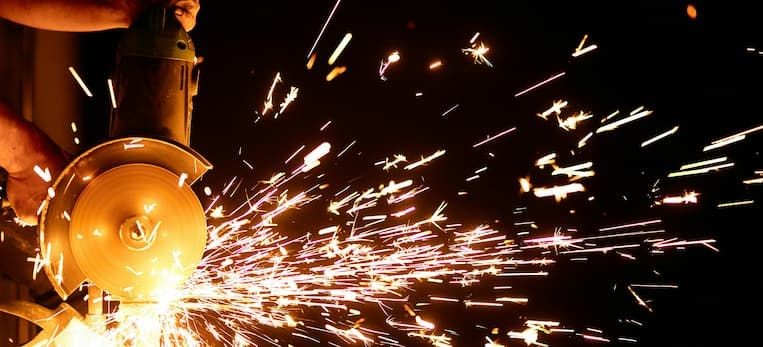

One of the key scenarios outlined in the JCoP where automatic fire detection is necessary is in high-risk buildings or confined spaces that present a greater risk of fire. These include:
These high-risk areas often require automatic detection because they are prone to fires that may not be immediately visible or accessible to workers, and an undetected fire could lead to significant damage or even loss of life.

The Joint Code of Practice (JCoP) specifies various situations in which automatic fire detection is essential on construction sites, improving standard fire alarm systems to ensure better safety and early detection. Whether due to the presence of high-risk areas, hot work activities, temporary structures, or heritage sites, automatic fire detection plays a crucial role in safeguarding construction sites from the potentially devastating consequences of fire. By following the JCoP’s recommendations, construction managers can effectively safeguard both their workers and the project’s future success.
Discover how Defenders can help with your sites automatic fire detection system today.
